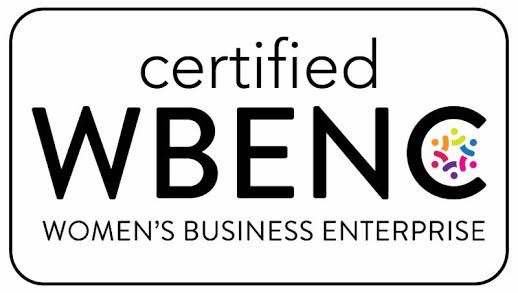One of my favorite memories from summer camp when I was a kid is the ropes course. It was one of those things built high in the trees with all sorts of ‘challenges’ designed to test your agility, bravery, and fitness. This course only had one way off – jump off a platform, catch a trapeze bar, swing, and then LET GO into a safety net. The ropes course was legendary among my fellow campers; everyone had the opportunity to participate. I was not agile, fit, or brave, but I didn’t want to miss out on the experience. I wanted to try it, but I was TERRIFIED of the last challenge. I could picture myself doing everything except letting go of that bar. I didn’t know if the net would hold me; I didn’t know if I’d miss the bar. I didn’t know what free-falling would feel like…so many unknowns!
Fast forward to my current day role of change leader. That experience at camp with the trapeze bar helped me understand one of the scariest parts of change. I call it the “letting go process.” When a new project begins, there is usually a great deal of excitement about the latest product, service, system, or other ‘thing’ causing the change. We sometimes fail to recognize that the excitement can quickly give way to fear of the unknown when we realize we have to let go of the existing product, system, or thing.
As individuals become aware of change, something interesting happens. Each person impacted by the pending change weighs the value of making a said change versus the status quo. It is as if individual light bulbs turn on at different points in time for each person – they realize this will impact them personally. And that, my friends, is when the ‘letting go’ begins! During the process, either the pain of holding on to the past or the promise of what the future holds will outweigh the comfort of staying where you are. The hard part is that we are working with individuals, and each person ‘let’s go’ in different ways at different times.
The best change leaders I have ever worked with recognize that all change starts at the individual level. To help facilitate change among individuals, they articulate what’s in it for me (WIIFM) in ways that resonate with those experiencing the change. They do it consistently, authentically, and credibly throughout the life of the program. And one-by-one, each stakeholder decides to let go of the past so they can move toward the future. It sounds like a simple concept, but I have seen change efforts fail when not enough attention is paid to ensuring every stakeholder is ready to change and is clear about what the change means for them.
Back to my ropes course experience, the good news is that I successfully completed the course. The bad news is that I was one of the last holdouts to participate. No amount of cajoling, bribery, or coaching could make me attempt the ropes course until I was ready. I watched other campers go through the course. I talked to the camp counselors who maintained the course. I spoke to campers after they finished the course and listened to them describe the excitement of free-falling into the net. When my FOMO got the best of me, I relented and harnessed up. In change management terms, I was a change laggard. My cabin leader went with me for support. The counselors gave me tips as I progressed through the challenges. When I was ready, I jumped off the platform, caught the trapeze bar, swung, and let go. The unknowns – catching the bar, the net being strong enough to protect me, the feeling of free-fall were cleared away. Today, when I talk to change leaders about readiness and letting go of the past, I reach back to the feelings I had at camp that summer to remind myself that all change is individual, and it only happens when we are ready.


